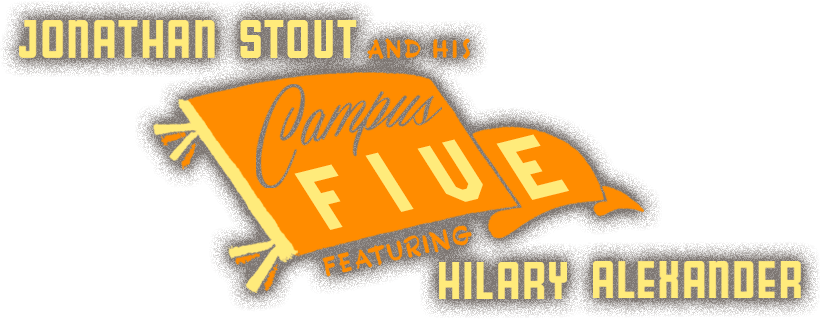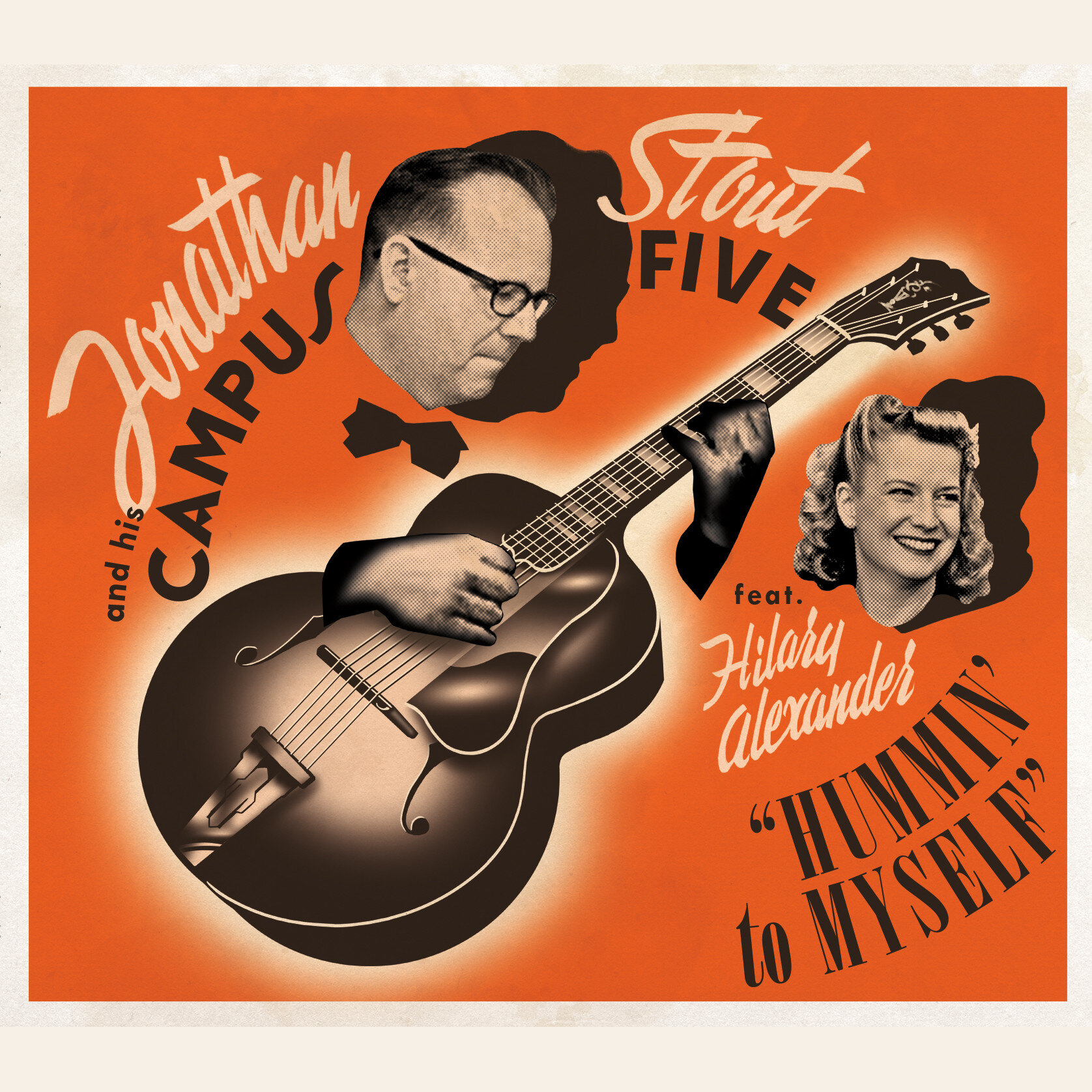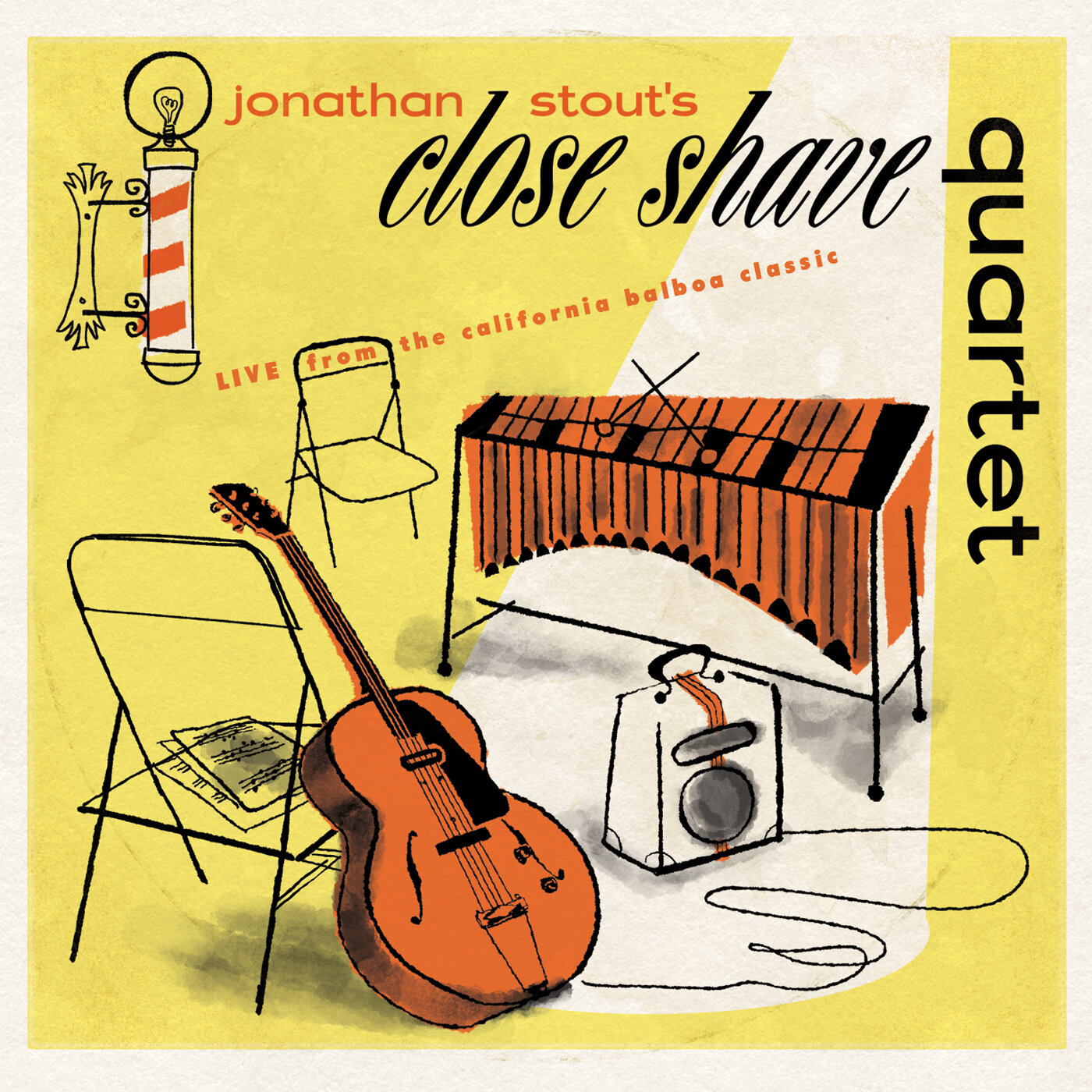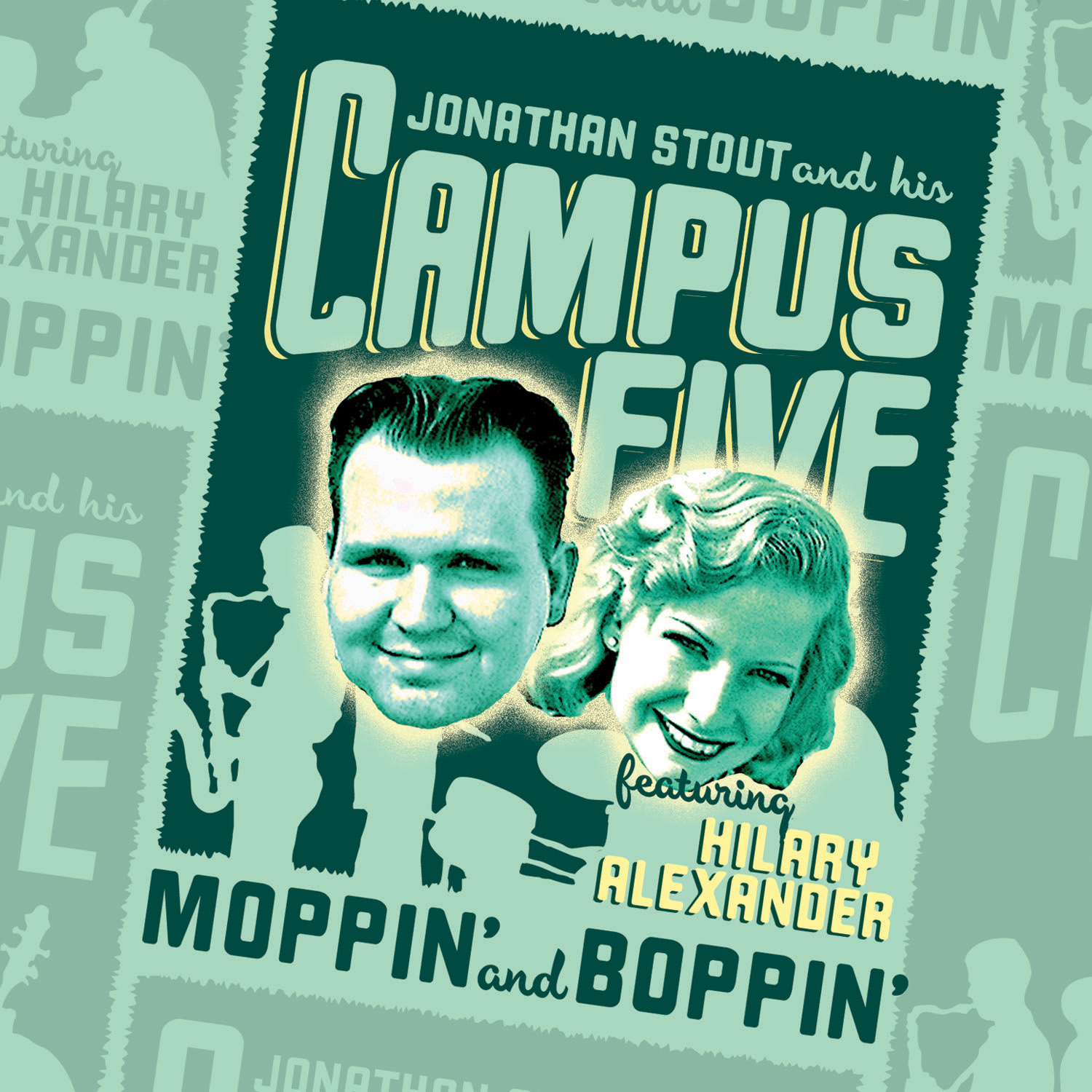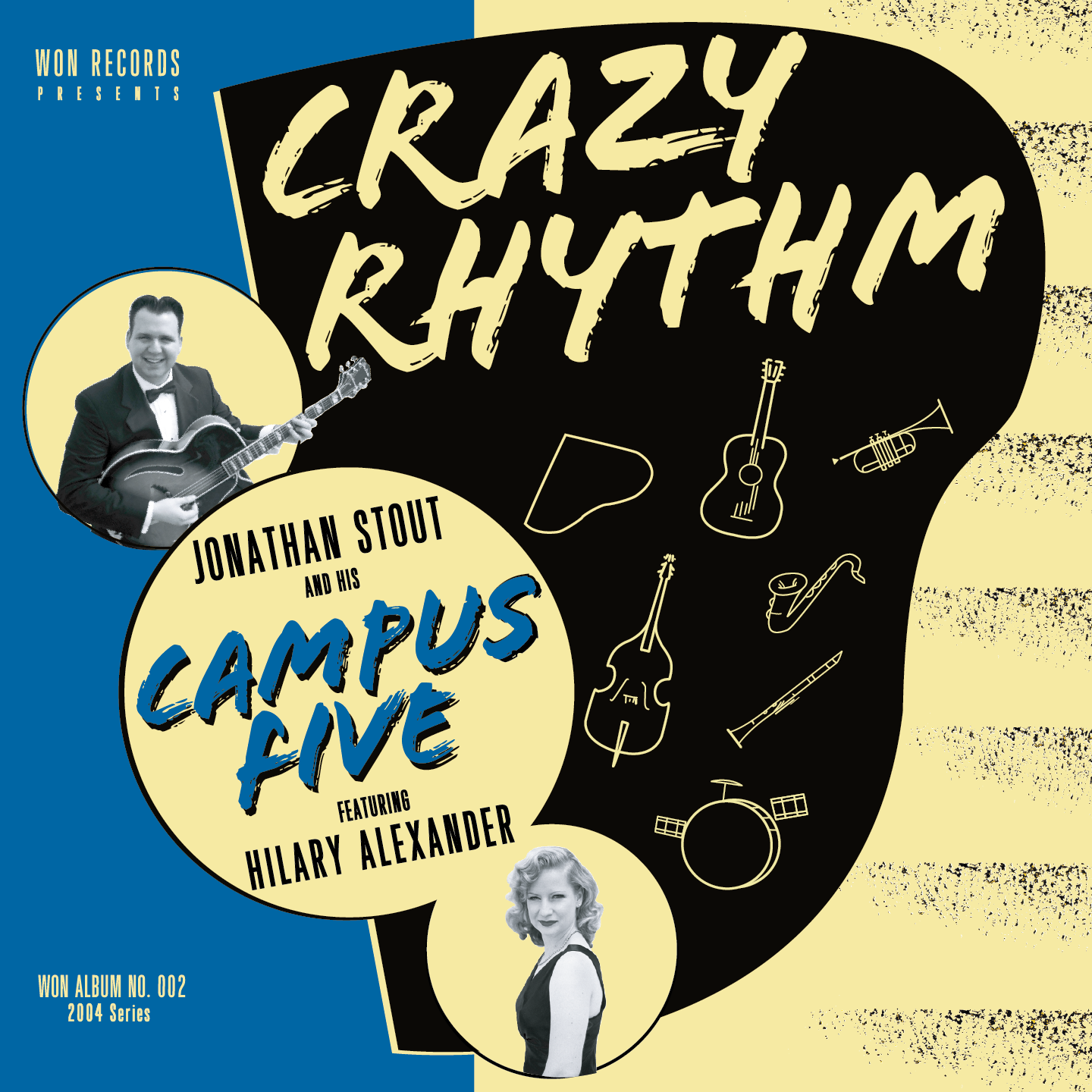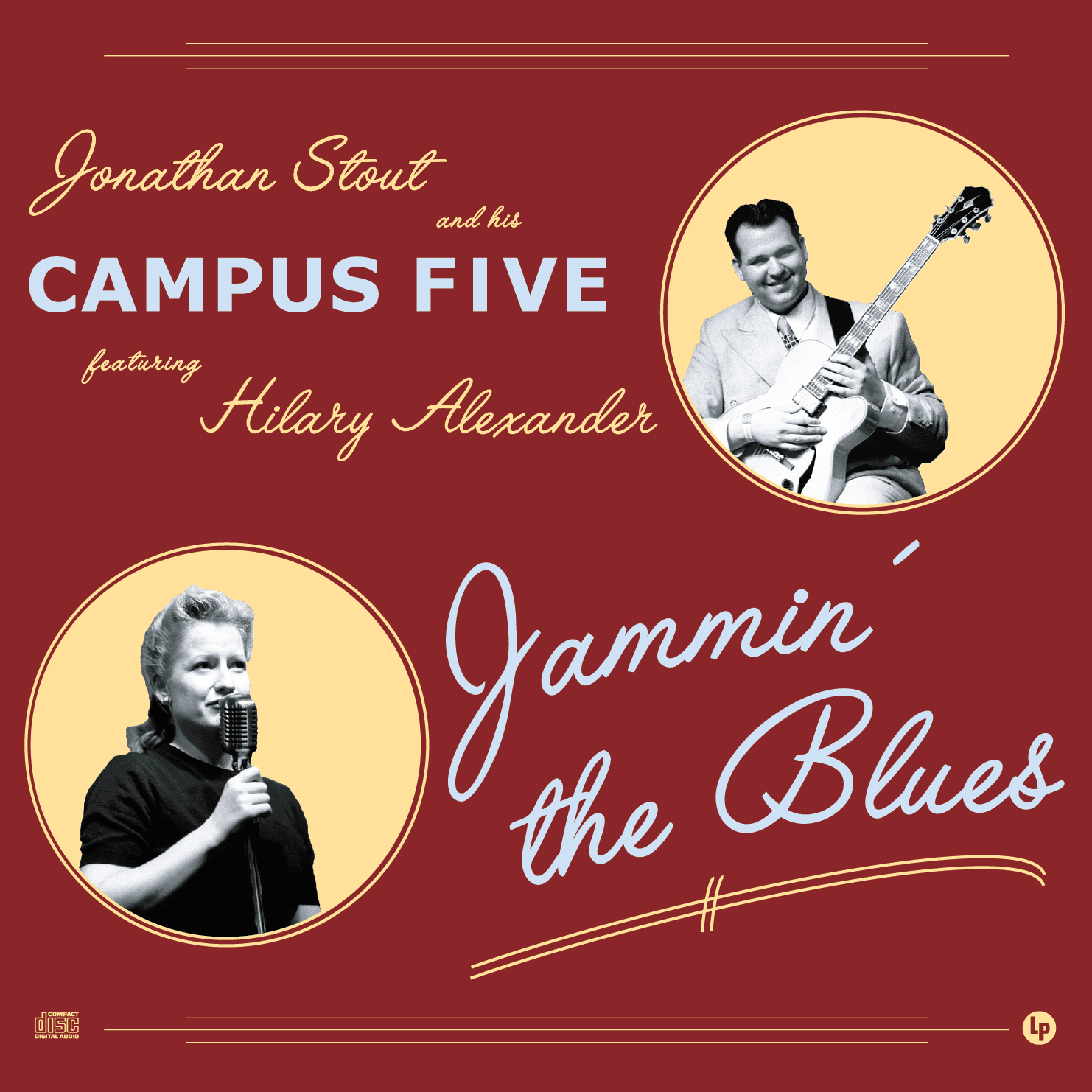Allan Reuss Clinic 2016

Thanks for coming to our Allan Reuss clinic, and thanks, as always, to Tommy Harkenrider for hosting.
As promised here are links to the songs / transcriptions we discussed, as well as the some of the great resources / books available on the subject.
Tunes
Rhythm Playing
Here are some examples of Allan's consistent four-to-the-bar rhythm playing. Notice how he keeps each beat even, and short but fat. Unlike other rhythm guitar methods that suggest playing accents on 2 and 4, or playing a combination of long and short notes, Allan can clearly he heard to keep chunking four even beats. From my perspective as somebody who dances, I can personally attest to the "magic carpet" of rhythm that Allan's guitar provides. You can't help but bounce along with him. While Freddie Green gets credited as the best swing rhythm player of all time, I prefer Allan.
Contrast the 1937 recordings with the later Kay Starr session - as swing started to fade, and bebop and R&B began to ascend, you can hear the band laying back a bit more, and Allan's quarter notes were a bit longer. Of course, it still swings, but it is a slightly different feel - more swishy, less thumpy.
"Sugar Foot Blues" - w/Benny Goodman, live in 1937
"Ridin' High" - w/Benny Goodman, live in 1937
"Sunday" - w/Kay Starr, 1945
Chord Melody Interludes
Allan's chord-melody stylings were often used to create interludes/introductions in tunes, rather than being given a whole solo. These interludes are stand alone pieces, outside the form of the song. Here are a couple examples of his clever interludes. On "I'm Beginning to See...", he has the introduction, he noodles over the 1st 16 bars of the head, an interlude that sets up the key change to the vocal, and then finally the outro, with it's bonkers low string solo finishing with harmonics. On "Judy", Allan gets the intro, as well as an interlude between each chorus.
"I'm Beginning to See the Light" - w/Harry James, 1944
"Judy" - w/Lionel Hampton, 1937
Chord Melody Solos
Saving the best for last - here are Allan's chord-melody solos. Unlike the interludes, Allan is jamming on the changes as part of the tune. These are at least semi-composed, though the limited alternate takes (none of which are on youtube) show us that he defnitely changed a bit take-to-take.
"If I Could Be with You (One Hour Tonight)" - w/Benny Goodman, 1936
"Rhythm, Rhythm" - w/Lionel Hampton, 1937
"I Never Knew" - w/Peck's Bad Boys, 1946
"Bye, Bye Blues" - w/The Arnold Ross Quartet, feat. Benny Carter, 1946
Transcriptions
My own arrangements
So, I'm fully aware that my own chord-melody arrangements are orders of magnetude more simple than Allan's. But that said, you have to start some where, and my own arrangements provide some example of how to to create chord melody in the pre-bop, swing style. The main thing is to use a two- or three-note chord on the E-B-G or B-G-D strings, and use one's free finger (often the pinky) to add additional melody notes while sustaining the chord beneath.
"Frosty the Snowman"


The Real Deal - Allan Reuss Transcriptions
"If I Could Be with You (One Hour Tonight)" - w/Benny Goodman, 1937
Dig the video above. The first PDF is just the notes/tab, and the second is annotated with both the underlying changes to the song (top line), and then analysis of the chord forms/substitutions being used by Allan to make it interesting. Also below is a leadsheet of the melody and chords to the tune.
"If I Could Be with You (One Hour Tonight)" transcription - (PDF Download)
"If I Could Be with You (One Hour Tonight)" - annotated transcription - (PDF Download)
"If I Could Be with You (One Hour Tonight)" leadsheet - (PDF Download)
"Bye Blyes Blues" - w/The Arnold Ross Quartet, feat. Benny Carter, 1946
The video is above. Here's a link to my friend Rich Werden's blog and blog post featuring his transcription of Allan's tour-de-force solo, perhaps the best in the style.
Richjazz.com - Bye Bye Blues Solo Transcription
Resources to Purchase
Books
While there are no books solely of Allan Reuss's style/playing, here are a couple that have significant swing-style chord-melody content.
"Masters of the Plectrum Guitar" - Mel Bay Books
Features a bunch of chord-melody pieces, many of which were released commercially as sheet music back in the 30's-40's, including pieces by George Van Eps, Carl Kress (though adjusted to standard tuning), Dick McDonough, George M. Smith, and others. None of these are really "jamming on charges" examples of how to improvise a chord-melody solo, but these composed pieces offer great examples of fingerings/forms and melodic content.
"The Great Jazz Guitarists, Part 1" - Ivor Mairaints
Ivor Mairaints was a contemporary of the swing-era chord-melody players, so his bonafides are on point. He provides a thoughtful discussion of the evolution of jazz guitar players from 1st generation (Eddie Lang), to 2nd generation (Kress, McDonough, Van Eps, Reuss), as well as transcriptions of each. This was the source for the transcription of "If I Could Be with You" which I tweaked a bit.
Recordings
"On the Air, 1937-1938" - Benny Goodman
These airchecks (i.e. live radio broadcasts) show the Goodman band at the absolute peak of the powers and prowess. Soon after this, each of the brightest stars of the band (such as Gene Krupa and Harry James) would leave to form their own bands, personnel turned over quite a bit after that. Allan Reuss was soon to follow. However, for this brief period of time documented, the band operated at it's highest level - tighter than almost any other band ever, and so vividly alive! While this is enough, on it's own, to justify buying the 2 CD set, add to that the fact that Allan Reuss can be heard very clearly on many of the tracks. For a rhythm guitar player to be clearly heard was a rare thing in the recording technology of the days, so it's a treat.
"The Very Best of Swingin' Jive Guitarists" - Various
Beside containing quite a few harder to find swing-era guitar highlights, this CD has three of Allan's signature pieces: "Bye Bye Blues", "I Never Knew", and his feature concerto, "Pickin' for Patsy". While I think "Patsy" it a bit of a dud, it is an entire feature piece built around Allan, so it's worth checking out.
"The Complete Lamplighter Recordings 1945-1946" - Kay Starr
I was hipped to the CD by guitarist Whit Smith, who singled it out as great example of audible Allan Reuss playing. It is from the end of the swing era, and the drive of the Goodman-days had certainly relaxed a bit. But, on many of the tracks you can hear Allan, along with a band of other all-stars, such as Zutty Singleton, Barney Bigard and Vic Dickenson.
"The Complete Benny Carter" (The Essential Keynote Collection 7) - Benny Carter
I wish I could horde this all to myself, but I have to share. This contains all of the tracks Allan recorded with the Arnold Ross Quartet in 1946, including the famous "Bye, Bye Blues". But it doesn't just contain the other songs they recorded ("The Moon is Low", "Stairway to the Stars", and "I Don't Know Why I Love You"), more importantly it contains ALL of the ALTERNATE TAKES - yes, TWO OTHER TAKES OF BYE BYE BLUES. AHHHHH!!!
Biographical Information
Allan Reuss (1915-1988): Allan began on banjo, playing professionally by age 12. He switched to guitar, as many banjo players did, as the guitar gained greater popularity. He was studying with George Van Eps, then guitar player in the Benny Goodman band (1934-1935). When George left to join the Ray Noble band, he recommend Allan, who was then driving a laundry truck during the day, to fill his seat. Allan played with Goodman from 1935-1938, when the band was at it's most powerful and influential.
After departing the Goodman band, he played with several other bands, including Jack Teagarden, Jimmy Dorsey, and Harry James. He briefly rejoined Goodman in 1943. In the mid-40's, he worked in the recording studios in Los Angeles.
Allan was a fixture of the studio musician scene in Los Angeles until 70's and 80's, playing on anything and everything. Studio guitarist Tim May mentioned to me that he could play anything, including doubles on a number of stringed instruments. One of the credits that I find most amusing is his having played rhythm guitar on the song played on the "Haunted Mansion" ride at Disneyland, along with Al Hendrickson - famous for being the electric guitar player in Artie Shaw's 1940 version of the Grammercy Five - on bass.
